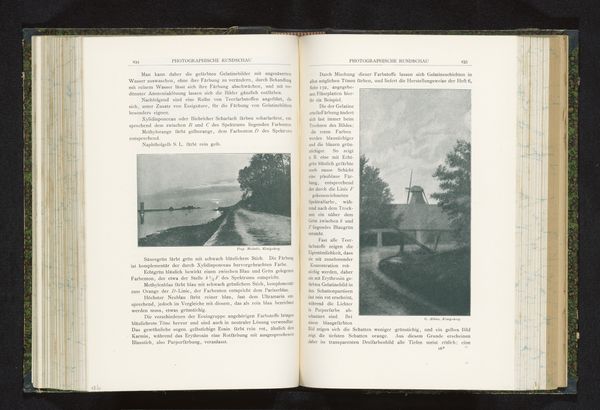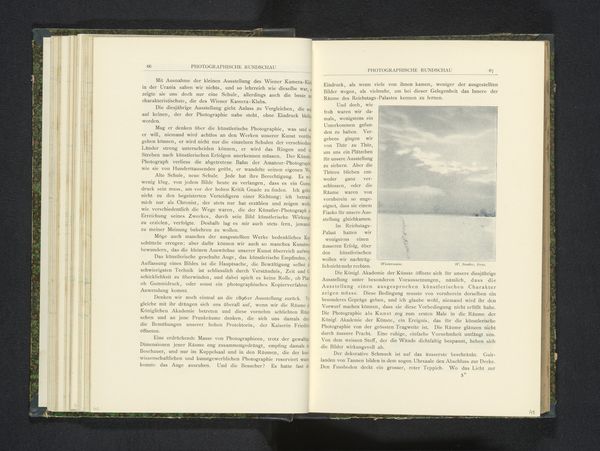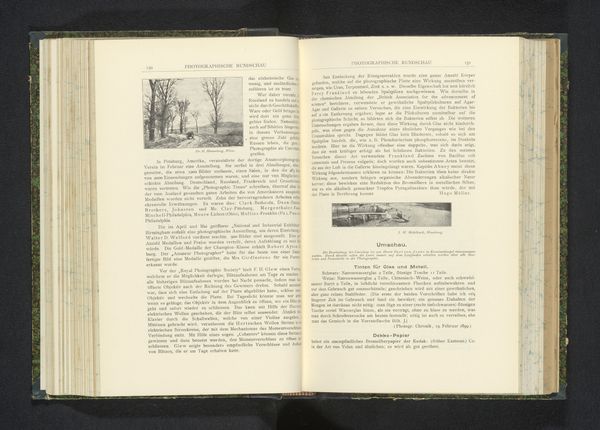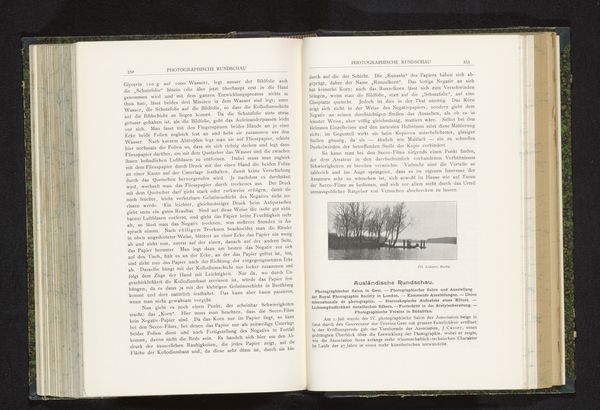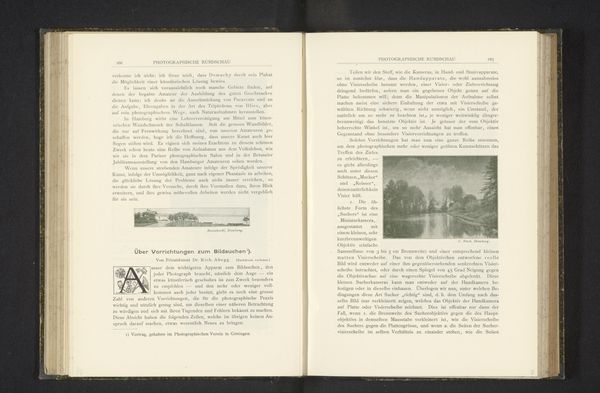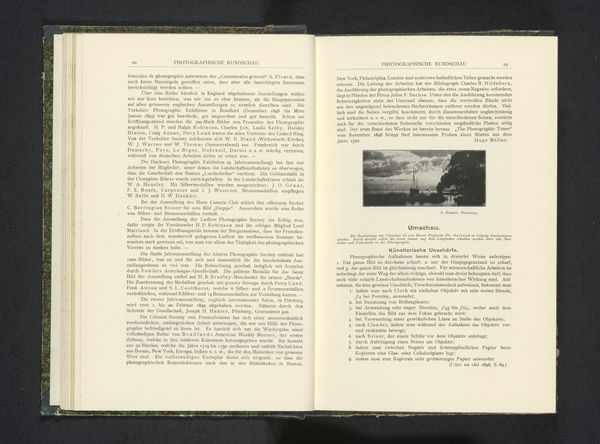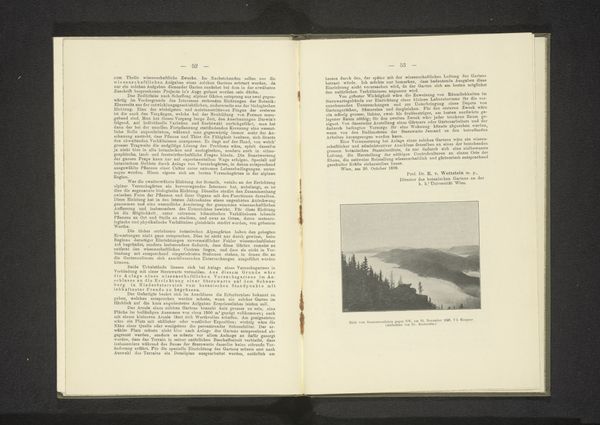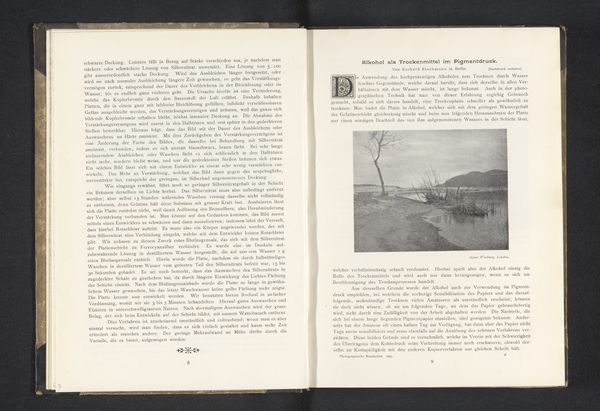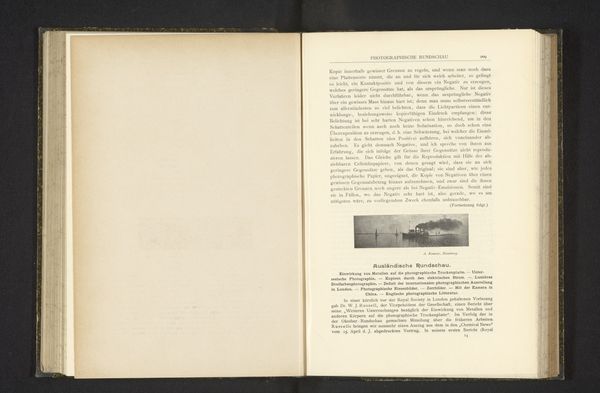
print, photography
# print
#
landscape
#
photography
Dimensions: height 44 mm, width 86 mm
Copyright: Rijks Museum: Open Domain
Curator: Immediately I’m struck by the wistful feeling this landscape evokes. It's subtle, muted... melancholic, even. It feels like standing at the edge of something vast. Editor: This photographic print, titled “Groep mannen aan het water voor een zonsondergang” or “Group of Men at the Water at Sunset,” is by L. Schwere, created sometime before 1899. What intrigues me is the way photography was, at the time, negotiating its role as art and documentation. Curator: Ah, that tension! Because yes, my eye is drawn immediately to those figures, tiny against that expansive sky. Their posture—they’re gazing, contemplating. Are they workers at the end of the day, pondering their labor, or more bourgeois types reflecting upon life’s big questions? Editor: Possibly both! And perhaps, given the technological and social context, their contemplation is about witnessing, capturing, understanding... power dynamics were, I'm sure, quite present. Who gets to stand on that embankment and observe? Who is omitted? The act of documenting a sunset in 1899 certainly has class implications. Curator: Good point. I am captivated by the way the landscape almost swallows those figures. There’s something quietly subversive about it; it makes me feel small. Perhaps the artist, intentionally or not, is suggesting that we, too, are fleeting observers, existing briefly against the grand scope of time and nature? Editor: Right, this visual narrative of individual subjects dwarfed by a powerful and indifferent landscape, very likely has connections with a burgeoning turn-of-the-century art and intellectual movement called “environmental determinism.” Essentially, this philosophy claims that a subject's physical, mental and even moral behaviors were understood as functions of environmental factors. Curator: Fascinating! I didn't know of this theory. Editor: In fact, this photo seems rife with tension. How, when, why, and for whom was this sunset staged and presented to the world? This photograph presents such great ambiguity—not because of an absence of meaning, but rather its overabundance. Curator: It is evocative in many ways, this relatively old artwork. Makes me pause. Editor: Indeed. It compels us to continue asking pressing questions of ourselves, our histories, and, importantly, who has been, or continues to be, systematically omitted.
Comments
No comments
Be the first to comment and join the conversation on the ultimate creative platform.
